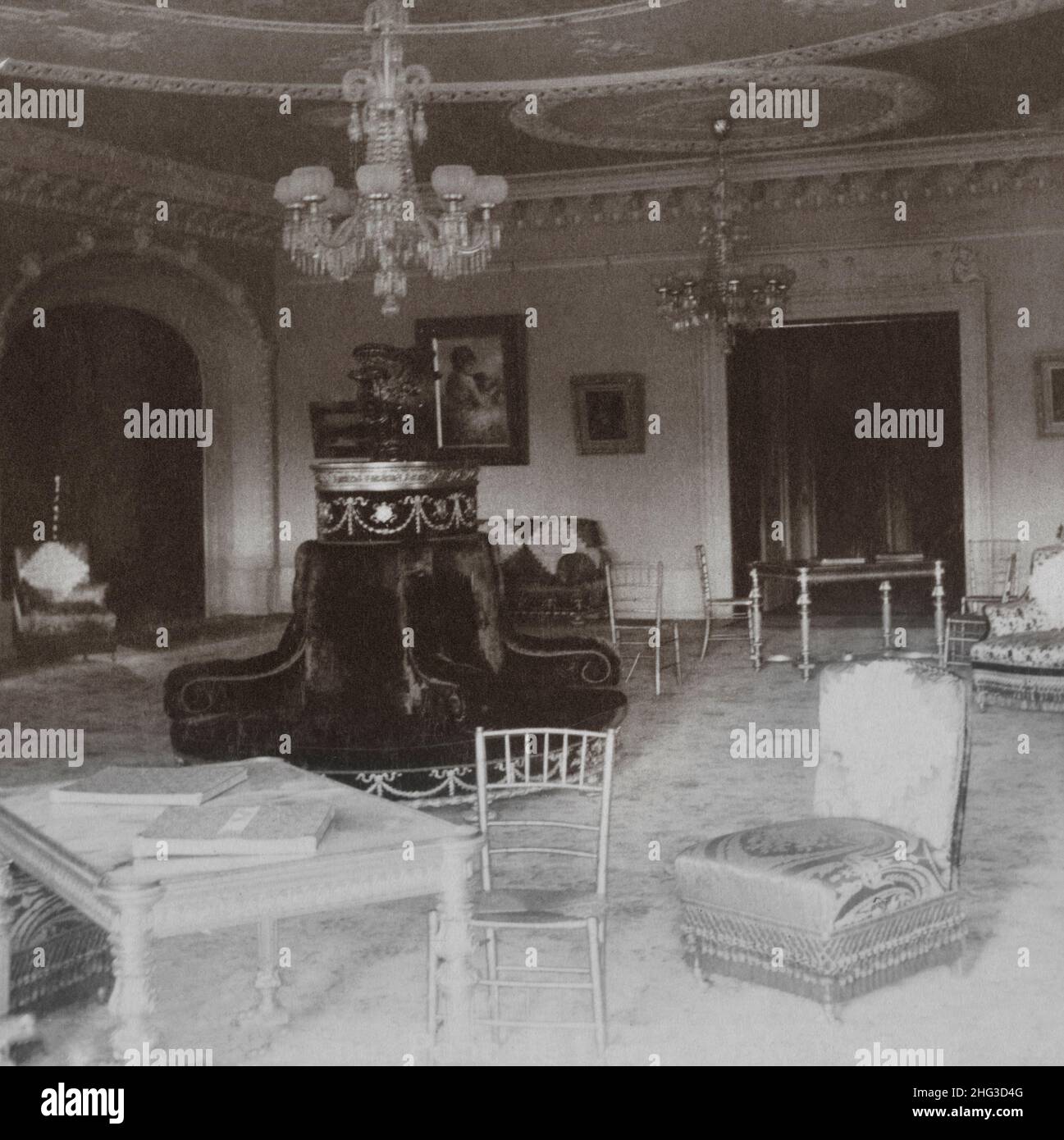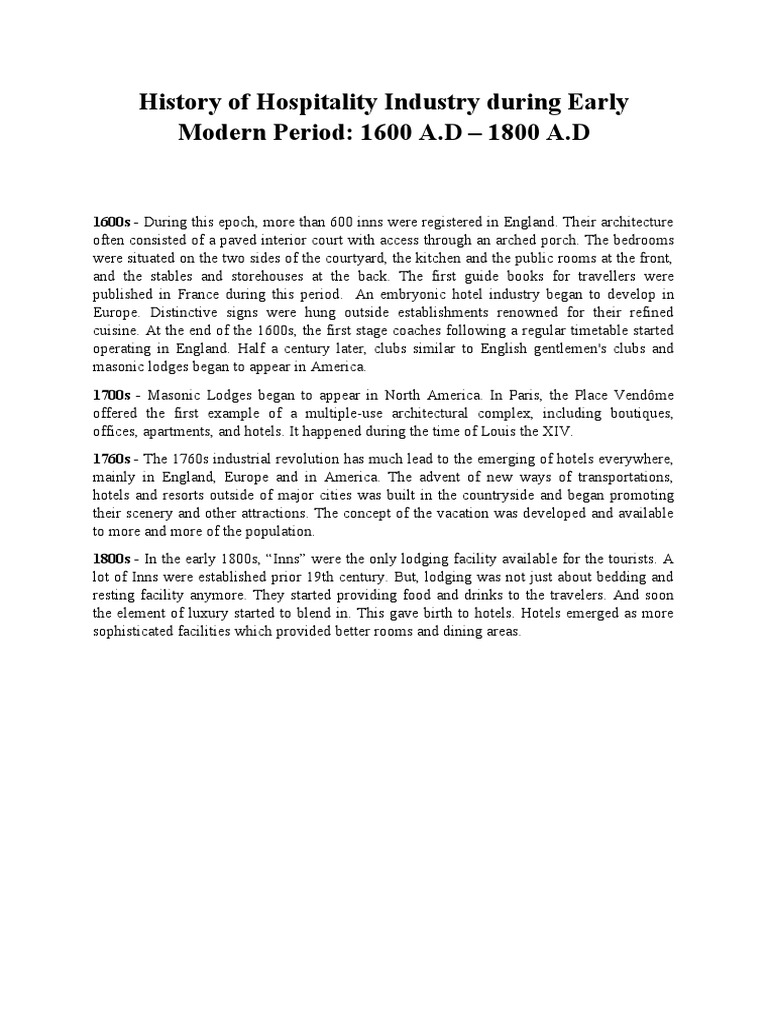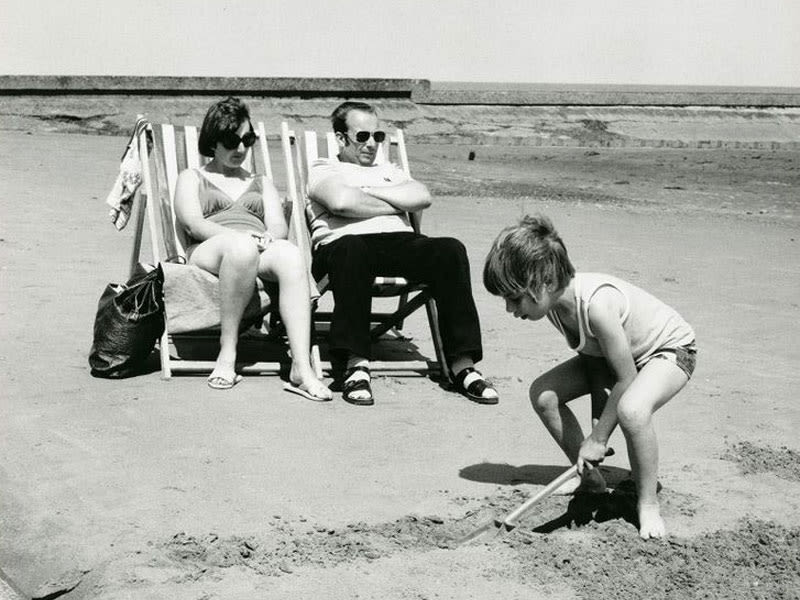The hospitality industry has a long and storied history, dating back to ancient civilizations where travelers were welcomed and given food, shelter, and other necessities during their journey. In the 19th century, the industry underwent significant changes as transportation and communication improved, leading to the growth of tourism and the development of various types of hospitality businesses.
One of the earliest forms of hospitality in the 19th century was the inn, which provided travelers with a place to rest and eat while on the road. Inns were often located along major transportation routes, such as roads and canals, and were popular with both leisure and business travelers. As the popularity of travel grew, so did the demand for inns, leading to the development of more luxurious establishments known as hotels.
Hotels in the 19th century were typically large, grand buildings that offered a variety of amenities, such as dining rooms, ballrooms, and private rooms for guests. They were often located in major cities and were popular with the wealthy, who could afford to pay for the luxurious accommodations. Many hotels also offered services such as laundry, transportation, and entertainment, making them a one-stop destination for travelers.
In addition to inns and hotels, the 19th century saw the rise of the boarding house, which provided travelers with a place to stay on a longer-term basis. Boarding houses were often located in smaller towns and were less expensive than hotels, making them popular with budget-conscious travelers. They typically offered basic amenities such as a bed, meals, and laundry services, and were often run by a single proprietor.
As the 19th century progressed, transportation and communication improved, leading to the growth of tourism. The development of railroads made it easier for people to travel long distances, and the growth of the steamship industry made it possible for people to travel abroad. This increased mobility led to a boom in the hospitality industry, as more and more people traveled for leisure and business.
The hospitality industry in the 19th century also saw the development of specialized businesses, such as resorts and spas. Resorts were popular with travelers looking for a leisurely vacation, and offered a variety of activities and amenities such as swimming, golf, and entertainment. Spas, on the other hand, were popular with travelers seeking relaxation and rejuvenation, and offered treatments such as massages and steam baths.
Overall, the 19th century was a pivotal time for the hospitality industry, as it saw significant changes and growth due to improvements in transportation and communication. The development of inns, hotels, boarding houses, resorts, and spas provided travelers with a variety of options for accommodation and entertainment, and laid the foundation for the modern hospitality industry we know today.







